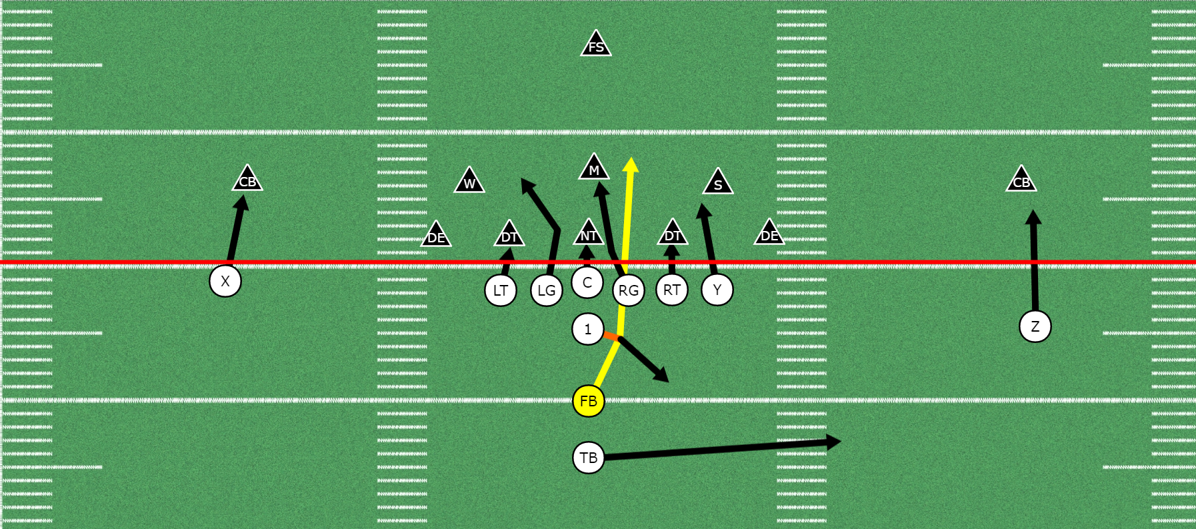
Okay, here is an in-depth article in English about what makes a good football fullback, aiming for approximately 1200 words.
The Modern Maestro: Unpacking What Makes a Good Football Fullback
In the fluid, ever-evolving landscape of modern football, the role of the fullback has undergone a profound transformation. Once seen primarily as a defensive stopper, tasked with little more than marking an opposing winger and clearing their lines, today’s fullbacks are dynamic, multi-faceted athletes who are often central to both their team’s defensive solidity and their attacking impetus. They are the engines on the flanks, the unsung heroes who cover immense ground, provide crucial width, and often dictate the tempo of a game.
So, what exactly makes a good football fullback in this contemporary era? It’s a complex blend of physical attributes, technical prowess, tactical intelligence, and mental fortitude. Let’s dissect the various layers that contribute to excellence in this demanding position.
1. The Defensive Foundation: The Non-Negotiable Core
Despite the increased attacking responsibilities, the fundamental duty of a fullback remains defense. A good fullback must first and foremost be a formidable defender.
- Positional Awareness and Marking: This is paramount. A fullback must understand their position relative to the ball, their direct opponent, and their defensive line. They need to be adept at man-marking wingers, tracking inverted forwards, and knowing when to tuck in to support central defenders or when to push out to close down space on the touchline. Anticipation is key – reading the opponent’s intentions, intercepting passes, and cutting off dangerous supply lines.
- Tackling and Interceptions: Clean, well-timed tackling is crucial. Whether it’s a standing tackle to dispossess an opponent or a sliding challenge to block a shot or cross, the ability to win the ball back cleanly without conceding fouls is vital. Equally important is the skill of intercepting passes, often requiring a good understanding of passing angles and an ability to quickly burst into space.
- One-on-One Defending: Fullbacks are constantly isolated in wide areas, facing tricky wingers or overlapping midfielders. The ability to defend effectively in a one-on-one situation – jockeying, showing the opponent wide, delaying their progress, and ultimately winning the ball or forcing a mistake – is a hallmark of a top defender. Patience and good body shape are essential to avoid being easily beaten.
- Recovery Pace and Tracking: Given their frequent forays into attack, fullbacks often find themselves out of position when possession is lost. Rapid recovery pace and a relentless work rate to track back and cover defensive spaces are non-negotiable. This involves not just sprinting back, but also understanding where to position themselves to prevent counter-attacks or cover for teammates.
- Aerial Duels: While perhaps less frequent than for central defenders, fullbacks are still occasionally called upon to win aerial duels, particularly from goal kicks, long balls down the line, or defending the far post from crosses. Good jumping ability and heading technique add another layer to their defensive capabilities.
2. The Attacking Imperative: The Modern Edge
The evolution of football tactics has placed an enormous emphasis on fullbacks contributing to offensive play. They are often the primary source of width and creativity in many systems.
- Overlapping and Underlapping Runs: This is perhaps the most defining attacking trait. Fullbacks must possess the intelligence and stamina to make perfectly timed overlapping runs beyond their winger, creating a 2v1 situation, stretching the opposition defense, and opening up passing lanes. The "underlap," where the fullback runs inside, can also be highly effective, pulling defenders out of position and creating space on the outside or centrally.
- Crossing and Final Ball Delivery: Once in advanced positions, a good fullback must be able to deliver accurate and dangerous crosses into the box. This includes whipped crosses, drilled low crosses, cut-backs from the byline, and early crosses from deep. The quality of their delivery can directly lead to goal-scoring opportunities. Variety in crossing technique keeps defenders guessing.
- Passing and Link-Up Play: Fullbacks are integral to build-up play. They need excellent short and long passing range to connect with midfielders, wingers, and forwards. This includes intricate one-two passes, precise through balls, and accurate long switches of play to change the point of attack. Their ability to circulate the ball efficiently under pressure is crucial for maintaining possession and progressing play.
- Dribbling and Ball Progression: While not expected to be Lionel Messi, a good fullback should be comfortable carrying the ball forward, beating an opponent with a dribble, and breaking lines. This ability to progress the ball through individual skill adds another dimension to the team’s attack and can disorganize compact defenses.
- Inverted Fullback Play (Tactical Nuance): A growing trend, the "inverted fullback" (like Oleksandr Zinchenko or João Cancelo in certain systems) moves into central midfield areas when the team has possession. This requires exceptional technical ability, vision, and tactical understanding to operate effectively in tight spaces, distribute the ball, and contribute to midfield overloads.
3. Physical Prowess: The Engine Room
The demands on a modern fullback are immense, requiring a supreme level of athleticism.
- Stamina and Endurance: Fullbacks cover more ground than almost any other outfield player. They are constantly sprinting up and down the touchline, tracking back defensively, and making recovery runs. Exceptional aerobic capacity and the ability to maintain high intensity for 90 minutes (and beyond) are non-negotiable.
- Speed and Acceleration: Both top-end speed for chasing down opponents or breaking forward on the counter, and explosive acceleration for quick bursts to close down space or beat a defender, are vital.
- Strength and Agility: While not necessarily needing the bulk of a central defender, fullbacks need sufficient strength to hold off opponents, win shoulder-to-shoulder duels, and maintain balance under pressure. Agility – the ability to change direction quickly and efficiently – is crucial for both defensive maneuvers and attacking dribbles.
4. Mental & Tactical Acumen: The Brain on the Flank
Beyond the physical and technical, the mental and tactical attributes often separate the good from the truly great.
- Game Intelligence and Decision-Making: This is arguably the most critical non-physical attribute. A top fullback understands the flow of the game, knows when to attack and when to hold back, when to press and when to drop off. They make split-second decisions under pressure: to cross or to pass, to tackle or to jockey, to commit to an overlapping run or to stay defensively disciplined. This requires an acute understanding of their team’s tactical plan and the opponent’s weaknesses.
- Communication and Leadership: Fullbacks are often positioned to see the entire field. They must constantly communicate with their winger (who to mark, when to overlap), their central defender (covering space, tracking runners), and their central midfielder. Effective communication helps organize the defense, orchestrate attacks, and prevent misunderstandings.
- Composure Under Pressure: In tight games, fullbacks often receive the ball in challenging positions, either deep in their own half under a high press or in the final third with defenders closing in. Maintaining composure to make the right decision, execute a clean pass, or deliver an accurate cross is a sign of a top player.
- Discipline and Consistency: A fullback must be tactically disciplined, sticking to their assigned role within the team’s structure. Avoiding unnecessary fouls, maintaining their defensive shape, and consistently delivering high-level performances throughout a long season are hallmarks of reliability.
- Adaptability and Versatility: Modern football demands adaptability. A good fullback can play effectively against different opposition formations, adjust to tactical tweaks during a game, and sometimes even fill in at other positions (e.g., wing-back, wide midfielder, or even central defender in a back three).
5. The Modern Fullback: A Hybrid and Pivotal Role
The sum of these parts creates a player who is truly a "modern maestro." They are no longer just defenders or attackers, but a seamless blend of both. They are responsible for:
- Providing Width and Stretching the Opponent: Drawing defenders out of central areas, creating space for others.
- Defensive Stability: Shutting down opposing wingers and supporting the central defense.
- Initiating Attacks: Being the starting point for many offensive moves.
- Covering Vast Areas: Essentially playing two positions (defender and winger) simultaneously.
The development of such a player requires not only natural talent but also meticulous training focusing on technical refinement, tactical understanding through video analysis and drills, and rigorous physical conditioning tailored to the unique demands of the position.
Conclusion
In essence, a good football fullback is a complete footballer. They are the epitome of the modern game’s demand for versatile, intelligent, and relentlessly energetic players. From the defensive grit of Paolo Maldini to the attacking brilliance of Dani Alves, and the all-encompassing dynamism of Trent Alexander-Arnold or Alphonso Davies, the best fullbacks transcend their traditional roles, becoming pivotal figures who influence every phase of play. They are the silent architects of both defensive resilience and attacking flair, embodying the relentless evolution that continues to define the beautiful game.



